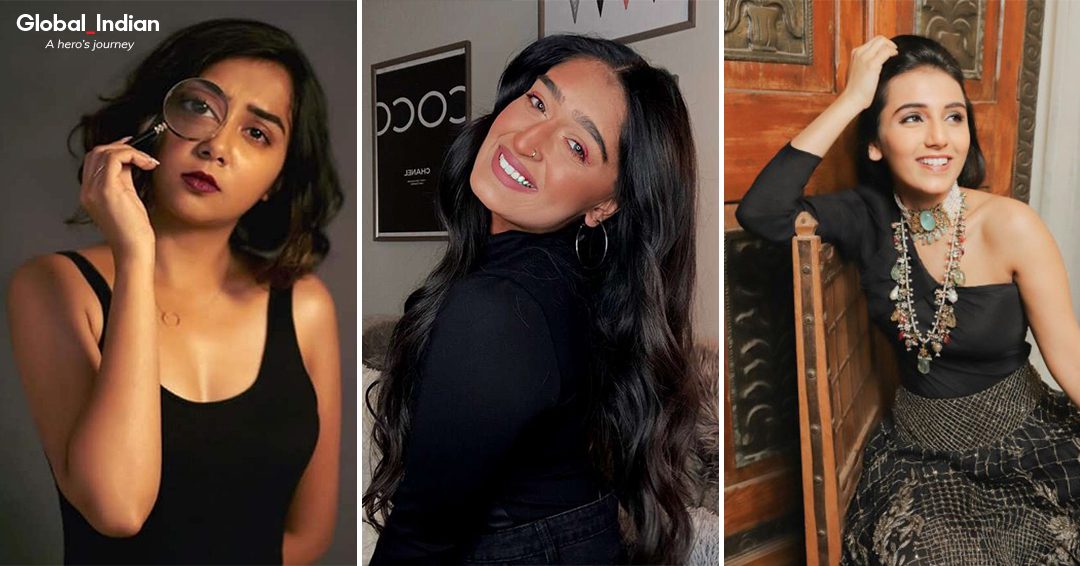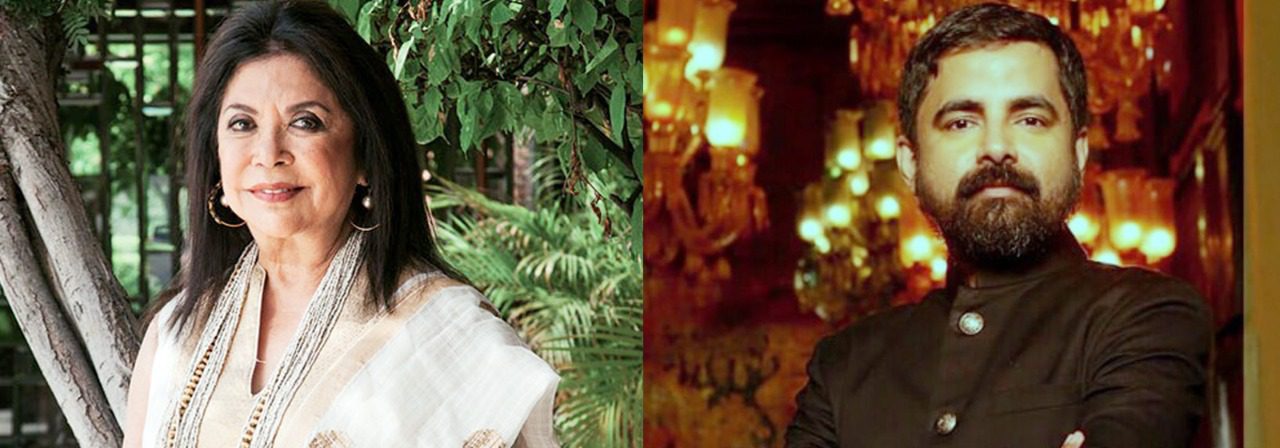(August 5, 2021; 10 am) They are funny, witty, stylish and sassy — meet the Indian influencers who have taken over social media and how. This social media brigade is presenting a slice of India to the world one post at a time, and are loved by their army of followers. Every post, reel or story is smothered with thousands of likes and comments in no time. Welcome to the world of Instagram and influencers. In a world where millennials are literally living and breathing on the digital platforms, there are a handful of content creators who are putting Brand India on the global map with their creatives.
If some are brushing shoulders with the likes of Michelle Obama, others are strutting the red carpets of the biggest international events. Here’s are five Indian influencers who are living it up on social media and making a difference.
Masoom Minawala

With over 1 million followers on Instagram, Belgium-based fashion influencer and entrepreneur Masoom Minawala is a woman on a mission — to make Indian fashion global. Her social media accounts are a testimony to her love for Indian attire, especially saris, and she doesn’t shy away from sashaying in them on the streets of Europe. Her mantra in fashion is a perfect mix of culture and style. The 27-year-old is one of the few Indian fashion influencers who is a regular at Paris Fashion Week, Milan Fashion Week and London Fashion Week. This year was no different when she made heads turn with her Indian style quotient at the Cannes Film Festival. Draped in a Manish Malhotra sari, Minawala was a vision. With her initiative #SupportIndianDesigners, she is promoting homegrown brands and designers on the global platform. From someone who began her journey as a blogger a decade ago when it wasn’t so mainstream to making it to CNN‘s 20 under 40 list, Minawala has come a long way.
Niharika NM

One million followers in two months, now that’s the fastest any content creator has grown on Instagram. But that’s LA-based Niharika NM for you. The Indian-American made surviving 2020 a bit easier, thanks to her humor, sass and relatable reels on everyday life. Well, before Mindy Kaling came out with Never Have I Ever, social media found a perfect and relatable representation of South Indians in Niharika, and since then people are unable to get enough of her — the influencer’s following on social media is proof of it. Born in Chennai and brought up in Bengaluru, the 23-year-old moved to the US, and now her journey to amassing a million followers in such a short span is a case study at California’s Chapman University, where she is pursuing MBA.
Prajakta Koli

How popular is Prajakta Koli, you ask? This Indian influencer has just received a personally signed copy of Michelle Obama’s Becoming. The social media star had been chosen by YouTube and the UN for Creators of Change, which brought together 50 creators from around the world to create content on social issues — in her segment Koli was in conversation with Michelle Obama to talk about girls’ education. She went on to win the Daytime Emmy Award and the 26-year-old became a global brand in her own right. Her powerful song No Offence on cyberbullies, misogyny and homophobia was selected by the United Nations for screening at International Tolerance Day in 2018. Koli, who began her journey with a hilarious Valentine’s Day video on YouTube has reached global heights. With 4,120 posts and 4 million followers, Prajakta Koli aka MostlySane is a hotshot blogger and influencer on Instagram. A popular YouTuber, influencer and now an actor, Koli is making it big with one video at a time.
Ruhee Dosani

Ruhee Dosani just wanted to make cool videos of her ‘we deshi’ friends dancing to Bollywood songs, but little did she know that one such video would catch the fancy of singer and actor Diljit Dosanjh, and as they say, the rest is history. The US-based ‘Punjab di kudi’ is every desi’s delight. Her hilarious spins on brands and group dances with videshi friends have become a hit on social media. Such has been the entertainment quotient of her videos that even Netflix couldn’t stop going gaga over her, and regrammed her video. This content creator and influencer is definitely making it big.
Ami Desai

At a time when there is no dearth of beauty influencers on social media, Ami Desai is rallying for Asian perspective in the beauty world, and that’s what sets her apart from the others. The US-based Desai’s video on make-up, self-care and beauty practices have earned her a devoted fan following. From appearing in the Seventeen Magazine to being a regular on the Golden Globes red carpet, Desai is a popular figure in the West. But it’s her everyday tips on approachable beauty that makes her a star on social media.
Editor’s Take
Indian women are taking over the world, and these influencers are a proof of it. From fashion to beauty to ethnic representation, these content creators are making social media a better place with their artistic expression. But more than anything, they have put India on the global map through their creatives.



